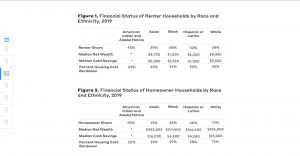In the Last 10 years, the availability of solar power has increased due to the decrease in installation costs. In 2010, the price of installation in the U.S. was 4,731 dollars per kilowatt. In 2020, the price fell all the way down to 883 dollars per kilowatt. Making the installation process cheaper means that this sort of energy will be available to more people of varying economic classes. If we continue to make headway in refining certain solar panels and harvesting solar energy through water heating and plant-based solar extractions, we could reach commercial-level application sooner than we may think. When asked about solar power in an interview with Mathias Döpfner, Elon Musk predicted that our future civilizations are going to be primarily solar-powered. He continued by saying that the only problem would be finding an efficient way of storing excess solar energy on days when the weather would pose an issue. As we continue to make technological advancements in this field, the idea of solar panel farms will become more of a possibility. This alternative source of energy will soon grow to challenge the big fossil fuel giants one day. Some may see this as a threat but if we truly hope to make a dent in the climate change issue, we must progress with solar power.
https://www.ans.org/news/article-3812/elon-musk-shutting-down-nuclear-plants-is-total-madness/
https://www.statista.com/statistics/809796/global-solar-power-installation-cost-per-kilowatt/




